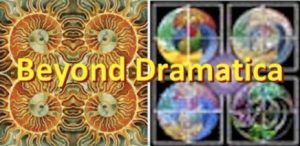 A writer recently asked me the following question about feedback he received from the Dramatica software which suggested his character’s Purposes should be Knowledge and Actuality:
A writer recently asked me the following question about feedback he received from the Dramatica software which suggested his character’s Purposes should be Knowledge and Actuality:
He wrote:
I don’t understand what Dramatica means by a character’s Purpose. Purpose in life?–Nobody knows what that is although some think they do. I understand Knowledge and Actuality as stated in Dramatica Dictionary. But I cannot put Purpose, knowledge, and actuality together in a meaningful, parallel context without Purpose meaning the same thing as Methodology, i.e., he uses “knowledge” and “reality”. I feel there is a SIMPLE explanation and I’m making it complex.
I replied:
In regard to “simplicity”, Dramatica theory is like Zen. There are simple explanations if all you want it a specific solution to a specific problem. But, the deeper you go, the more the simple explanations begin to form larger patterns until an overview of the whole durn mechanism of story begins to clarify. With that view comes a mastery of structure that guides creativity, channels it, but never inhibits it.
In regard to your particular problem…
First of all, Dramatica divides character into two aspects – the Subjective qualities, which represent character points of view (what the characters see) and Objective qualities, which represents how the characters function in the big picture.
From the Subjective view, one cannot see what can be seen from the “God’s Eye View” of the big picture – the view we can’t get in real life, the Objective view.
When answering questions about character Motivations, Methodologies, Evaluations, and Purposes, Dramatica is focusing on the Objective View. So, from that perspective of standing outside the story and looking in, we not only can, but MUST know our character’s Purposes. If we do not, how can we frame a cogent argument about the relative value of human qualities to our audience?
Of course, the Character will never see ANY of these aspects: not Motivations, Methods, Evaluations, nor Purposes. You see, the qualities that make us up are like the carrier waves of our self-awareness, the operating system of our personality, the foundation of our outlook. They describe where we stand, not what we are looking at. So, when choosing elements for your characters’ qualities, make sure to describe what each character really is, as seen from an Objective outside view. Describe how it functions, now how it feels. Describe how it is to be seen, not how it sees.
This phase of story creation is where you, as author, determine what the ACTUAL meaning of the story is, when all the smoke clears, when the audience can look back on the finished story and say, “This is what this character was really like – this is what kind of attributes he had, these are the human qualities it represents.”
Next, there is a common misunderstanding of what “Purpose” is. This actually occurs because writers often look at Purpose as if it were a Motivation. For example, if you ask an author what a character’s motivation is, he might say, “to be president.” But in fact, achieving the office of the presidency is his Purpose – simply defined as, what he hopes to accomplish, arrive at, or possess. His Motivation, on the other hand, is WHY he wants to be president. And, this might be any one of a number of things, such as that he never had any power as a child, or that he feels inadequate and needs the accolades. For any given Purpose, there can be any number of Motivations, and vice versa.
So, when choosing your characters’ Purposes, you need to ask yourself, what kinds of things (what categories of things) do I want this character, driven by his Motivations, to be trying to achieve? There are no limitations as to which Purposes can be the particular “goals” for any given motivations. In fact, it is the combination you choose that gives a unique identity to your character, either as an archetype where the Motivations are topically connected to similar associated Purposes or as more complex characters in which the Purposes are of completely different kinds of thing than the Motivations.
Now it might seem that a character will, in fact, see what his Purpose is. After all, if he wants to be president, he’s gotta be aware of that fact! True, but what he doesn’t see is that his UNDERLYING Purpose is “Actuality.” In such a story, there might be a character that is a power broker behind the scenes. He is the President de facto, because the actual president merely rubber-stamps our character’s decisions, and reads the speeches our character writes. But, our character’s Purpose is Actuality, so he feels as if he has achieved nothing. Only if he ACTUALLY becomes president will he ever feel he has accomplished his Purpose.
It is important to note that ANY of the Purpose Elements could show up in the story as “wanting to be president.” For example, “Knowledge” as a purpose could be written so that our character wants to KNOW what it is like to be president. He has stood next to the president, he can imagine what it is like, but unless he sits behind the desk in the Oval Office himself, he’ll never really KNOW.
So, using Knowledge and Actuality together, our character has Purpose of becoming president because he must Know what it is Actually like. ANY subject matter can be fit to ANY elements. This might seem as if nothing definitive is really being determined about your structure. In fact, it is the choice as to which elements are to be represented in the subject matter that give the subject matter a specific flavor, or spin, and thereby makes it more than simple storytelling. Only when the subject matter is presented as representing particular outlooks does it take on the mantle of dramatic significance. The matching of functional elements to the subject matter creates perspective, and it is perspective in which all dramatic meaning is held.
Again, like Zen, the exploration of story structure has many levels of depth and meaning. The more one learns about Dramatica and the Objective Character Elements, the more sophistication one develops in sculpting interesting characters of unusual identity yet valid composition. And it is upon such characters that a cogent and complete argument regarding the relative value of human qualities must be built.

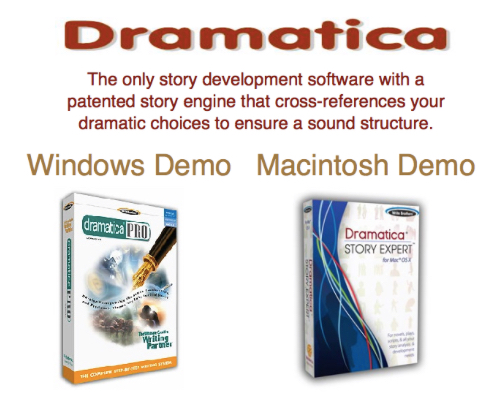

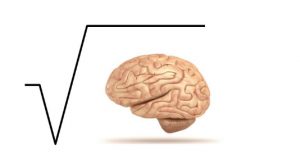 The central concept of the Dramatica theory of narrative structure is the existence of a Story Mind – essentially the notion that every story has its own psychology and its own personality, as if the story itself were a character in its own right.
The central concept of the Dramatica theory of narrative structure is the existence of a Story Mind – essentially the notion that every story has its own psychology and its own personality, as if the story itself were a character in its own right.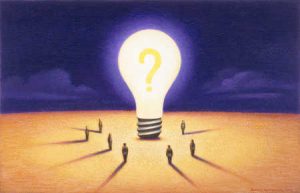 Here’s the “digest” version of the origins of Dramatica…
Here’s the “digest” version of the origins of Dramatica… There are two principal forms of story structure: the tale and the story.
There are two principal forms of story structure: the tale and the story. Over the years, there has been considerable discussion as to whether Dramatica’s rather complex storyforming process could be operated by a natural language artificial intelligence system that could read a story and parse the text to answer Dramatica’s questions and arrive at an accurate structural model of the manuscript under study.
Over the years, there has been considerable discussion as to whether Dramatica’s rather complex storyforming process could be operated by a natural language artificial intelligence system that could read a story and parse the text to answer Dramatica’s questions and arrive at an accurate structural model of the manuscript under study. In order to create tension in your audience, you will want to establish a limit to the story. This limit will indicate to the audience what will bring the story to a moment of truth, either running out of time or running out of options. If you want tension to increase as your characters run out of time, choose Timelock. If you want tension to increase as your characters run out of options, then choose Optionlock.
In order to create tension in your audience, you will want to establish a limit to the story. This limit will indicate to the audience what will bring the story to a moment of truth, either running out of time or running out of options. If you want tension to increase as your characters run out of time, choose Timelock. If you want tension to increase as your characters run out of options, then choose Optionlock.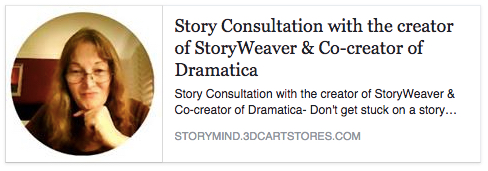
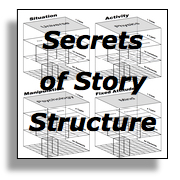

You must be logged in to post a comment.